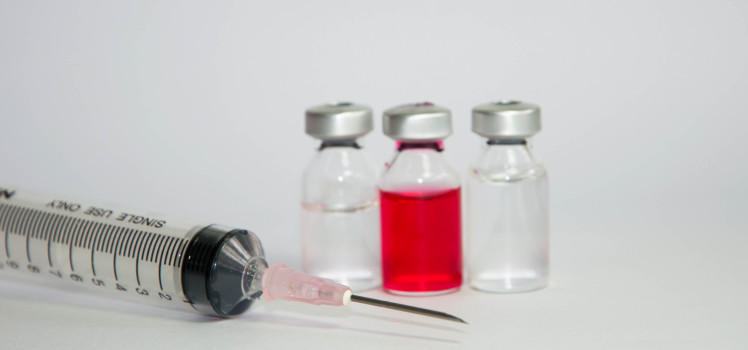Another Shot of Steroids from the Central Bank Doctors

A few years ago I hurt my elbow, and after six weeks of pain, I finally went to the doctor. He gave me a few choices. First, he suggested I try physical therapy, some anti-inflammatory medicine, and lots of ice. With lots of work and attention, I would probably have pain for another 3-4 weeks and then slowly it would heal. He warned that it could be even six months before I was pain free. The other choice was to get a shot of steroids into my elbow; the pain would cease immediately, but my tiny tendon and ligament tears wouldn’t necessarily heal. Of course the second option sounded best, even with the numerous warnings about the use of steroids and long-term consequences. I chose the steroid shot, my elbow felt great, and I had a good time for two years. I appeared to have made the right choice, until I injured the same elbow six weeks ago and now find myself with a worsened injury and the same two options. Clearly, it’s time for me to do the hard work, feel the pain, and heal the darn thing.
Back in 2008, the global economy was severely injured, and policymakers have been struggling to provide the right medicine to heal it. Like doctor’s approach to my elbow, monetary policymakers implemented two methods to help spur economies into growing. First, they tried the lighter medicine and cut interest rates dramatically, hoping that low interest rates would induce people and firms to borrow, and encourage lenders to take on riskier endeavors with their capital to get higher yields. With more borrowing and lending, economies should grow faster. However, since the pain was too severe even after a few years (in terms of high unemployment and slow economic growth), central banks in the U.S., Japan, and Europe each pulled out their version of steroid shots: quantitative easing, or QE. With QE, the central banks buy bonds and/or other securities in order to aggressively drive interest rates even lower in hopes to spur the economy. Similar my elbow post-injection, with QE, stock and bond markets have felt little pain, and rocketed to new highs.

Asset markets are now poised at a critical juncture. Last week the European Central Bank (ECB) announced it will probably cut interest rates to even more negative levels AND it will do more QE, so that we can expect the high powered medicine to keep pumping into the European patient. Japan is status quo, also keeping the QE steroids going, albeit at a steady, unsurprising pace. The Chinese central bank is pushing its own form of medicine, last week announcing a 6th interest rate cut in less than a year after attempting some stock market propping earlier this summer. Put these three policy doctors together, and one could assume that the patients will at least feel good, even if they are injured. Stocks, bonds and credit markets have strong policy support. Meanwhile, in the U.S., the Federal Reserve (the Fed) stopped the steroid treatment last year, and is now considering taking the rest of the meds away by raising interest rates. Has the patient healed enough in order to perform well without any help? The decision makers are very nervous and can’t seem to agree on the answer, worrying that the bad health of Europe and China may cause the American patient a setback.
Putting all these actions together, I would think markets are biased towards feeling joyous and pain free into year-end. This week we will look for hints from the Fed as to whether they will hike rates this year, and given recent data and statements by Fed officials, the odds are diminishing. If the Fed doctors keep rates at zero, it means that all of the world’s largest central banks will still be facilitating the flow of cheap money into the system. The stock markets (and most risky assets for that matter) can likely continue to rally into year-end and possibly well into 2016.
Looking out further into 2016 and beyond, I worry that while a continued application of financial and economic steroids and medicines for eight years may feel good for investors, it can mask too much of the pain and will ultimately keep the economic patient from working hard to heal. Even if it may hurt, I think it’s time for the Fed to take the medicine away and let any resulting pain induce people, companies, and governments to take the final steps toward healing and avoiding re-injuring the economy.





